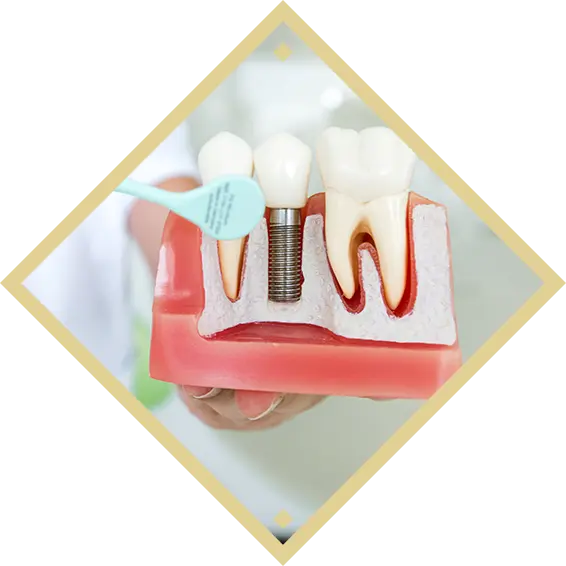The best age for braces varies from person to person, but generally, the optimal time falls between the ages of 10 and 14. during the adolescent years, when the majority of permanent teeth have erupted. This period allows for optimal orthodontic treatment due to the growth spurts that can aid in correcting misalignments. However, it’s crucial to note that the suitability of braces varies depending on individual dental issues and personal circumstances.
Factors that influence the best age for braces.

Several factors play a role in determining the best age for braces. One primary factor is the stage of dental development. Around the age of 10 to 14, most children have a mix of baby teeth and permanent teeth, making it an ideal time for orthodontic intervention. Additionally, during this period, the jaw is still growing, which allows for easier correction of misalignments and bite issues. However, it’s essential to consult with an orthodontist to assess individual needs because some cases may benefit from early intervention, while others may require waiting until all permanent teeth have erupted.
Why get braces?
Braces offer more than just aesthetic benefits; they also address various dental health concerns:
Correcting Misalignments:
Misaligned teeth, also known as malocclusions, can lead to a myriad of dental issues, including difficulty chewing, speech impediments, and uneven wear on teeth. Braces work to align the teeth and jaws properly, correcting bite problems and improving oral function. By addressing misalignments, braces not only enhance the appearance of the smile but also promote optimal oral health and functionality.
Preventing Dental Issues:
Crooked or crowded teeth create tight spaces where food particles and plaque can accumulate, increasing the risk of tooth decay, gum disease, and bad breath. By straightening teeth, braces make oral hygiene practices more effective, reducing the likelihood of dental problems. Investing in braces not only improves the appearance of the smile but also prevents future dental issues, saving both time and money on corrective treatments.
Enhancing Confidence:
A beautiful smile can significantly impact an individual’s confidence and self-esteem. Misaligned teeth or bite problems can cause embarrassment and self-consciousness, leading to social anxiety and a reluctance to smile. Braces offer a solution to these dental insecurities by straightening teeth and improving smile aesthetics. By enhancing the appearance of the smile, braces boost confidence, empower individuals to smile freely, and improve their overall quality of life.
Are adults eligible for braces?
Contrary to common misconceptions, orthodontic treatment isn’t exclusive to children and teenagers. More adults are opting for braces to improve their smiles and correct long-standing dental issues. With advancements in orthodontic technology such as clear aligners and discreet options like ceramic braces, adults have more choices than ever before. Age is no longer a barrier to achieving a straighter and healthier smile.
Benefits of getting braces.
The advantages of undergoing orthodontic treatment extend beyond a straighter smile:
Improved Oral Health:
Misaligned teeth can harbor food particles and plaque, increasing the risk of dental problems such as cavities, gum disease, and bad breath. Braces align teeth properly, making them easier to clean and reducing the likelihood of oral health issues. By investing in braces, individuals can enjoy a healthier mouth and lower the risk of long-term dental complications.
Enhanced Bite Functionality:
Malocclusions, or bite misalignments, can lead to difficulties in chewing, speaking, and even breathing. Braces correct these issues by aligning the teeth and jaws, improving bite functionality and overall oral function. As a result, individuals experience reduced jaw pain, discomfort, and TMJ disorders, leading to a better quality of life.
Long-Term Cost Savings:
Investing in orthodontic treatment may seem like a significant expense initially, but it can result in long-term cost savings. By addressing dental issues early on, braces prevent the need for more extensive and costly dental procedures in the future. Additionally, maintaining proper oral health through orthodontic treatment reduces the risk of expensive dental treatments related to oral diseases and complications.
Prevention of Dental Wear and Tear:
Unevenly aligned teeth can cause excessive wear and tear on certain teeth, leading to premature erosion, chipping, and fractures. Braces distribute the forces of chewing evenly across all teeth, preventing excessive wear and preserving dental integrity. By preserving the natural structure of the teeth, braces help maintain optimal oral health and longevity.
What to expect when getting braces.
Getting braces is a significant decision that involves a series of steps. The first step is a consultation with an orthodontist, during which they will assess your dental condition, discuss treatment options, and create a customized treatment plan. Once you decide to proceed with braces, the orthodontist will attach the braces to your teeth using adhesive, and, in some cases, bands or wires. Regular follow-up appointments will be necessary to adjust the braces, monitor progress, and address any issues that may arise. Throughout the treatment process, it’s essential to maintain good oral hygiene and follow the orthodontist’s instructions to ensure the best results.
Get appointment for braces at Dr Joseph Stan, DDS
For personalized orthodontic care and expert guidance on achieving a healthier, more beautiful smile, schedule an appointment with Dr. Joseph’s Dental Clinic. Our experienced orthodontic team utilizes state-of-the-art techniques and compassionate care to deliver optimal results tailored to your unique needs. Don’t wait any longer to invest in your dental health and confidence—contact us today to begin your journey towards a straighter, healthier smile!










